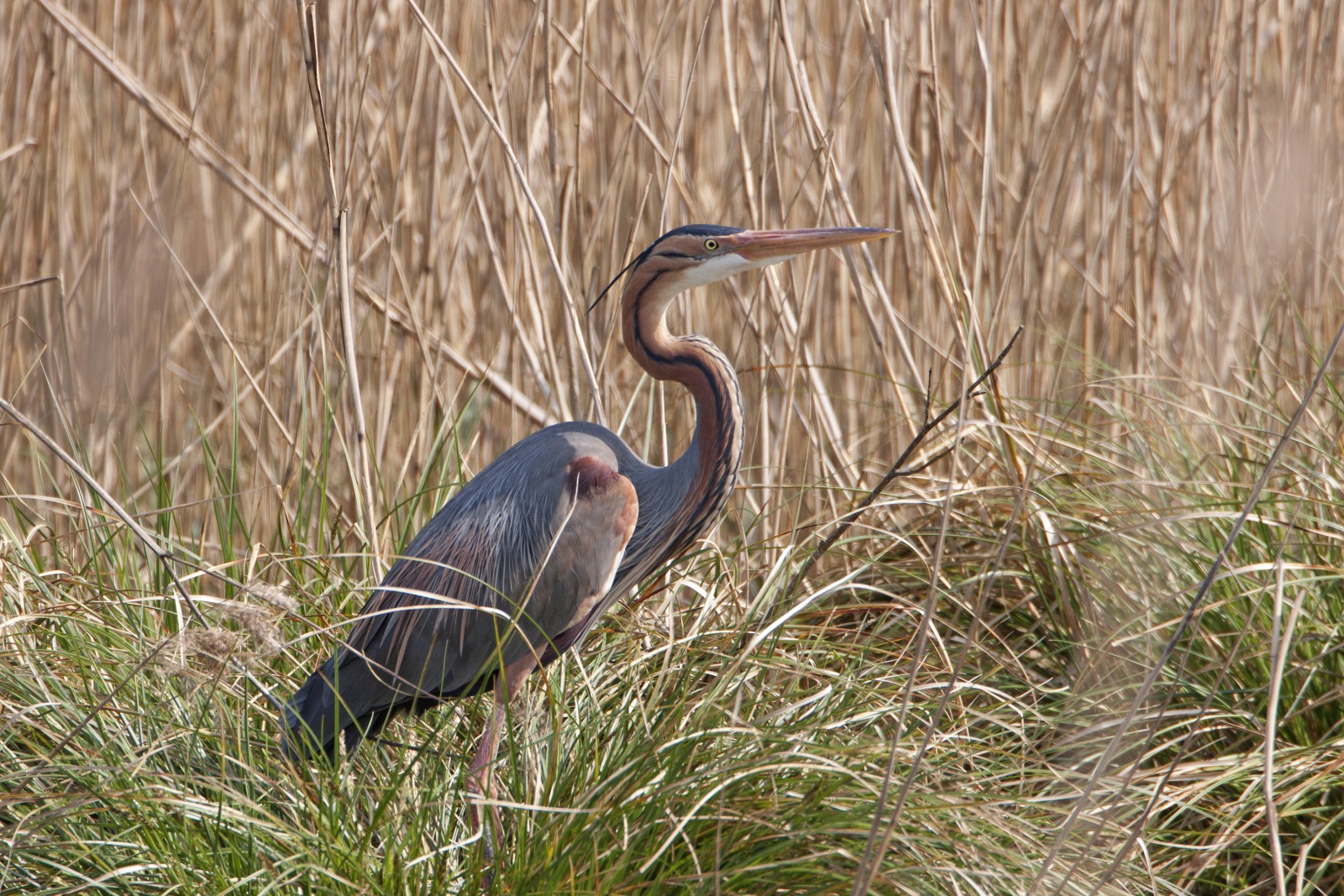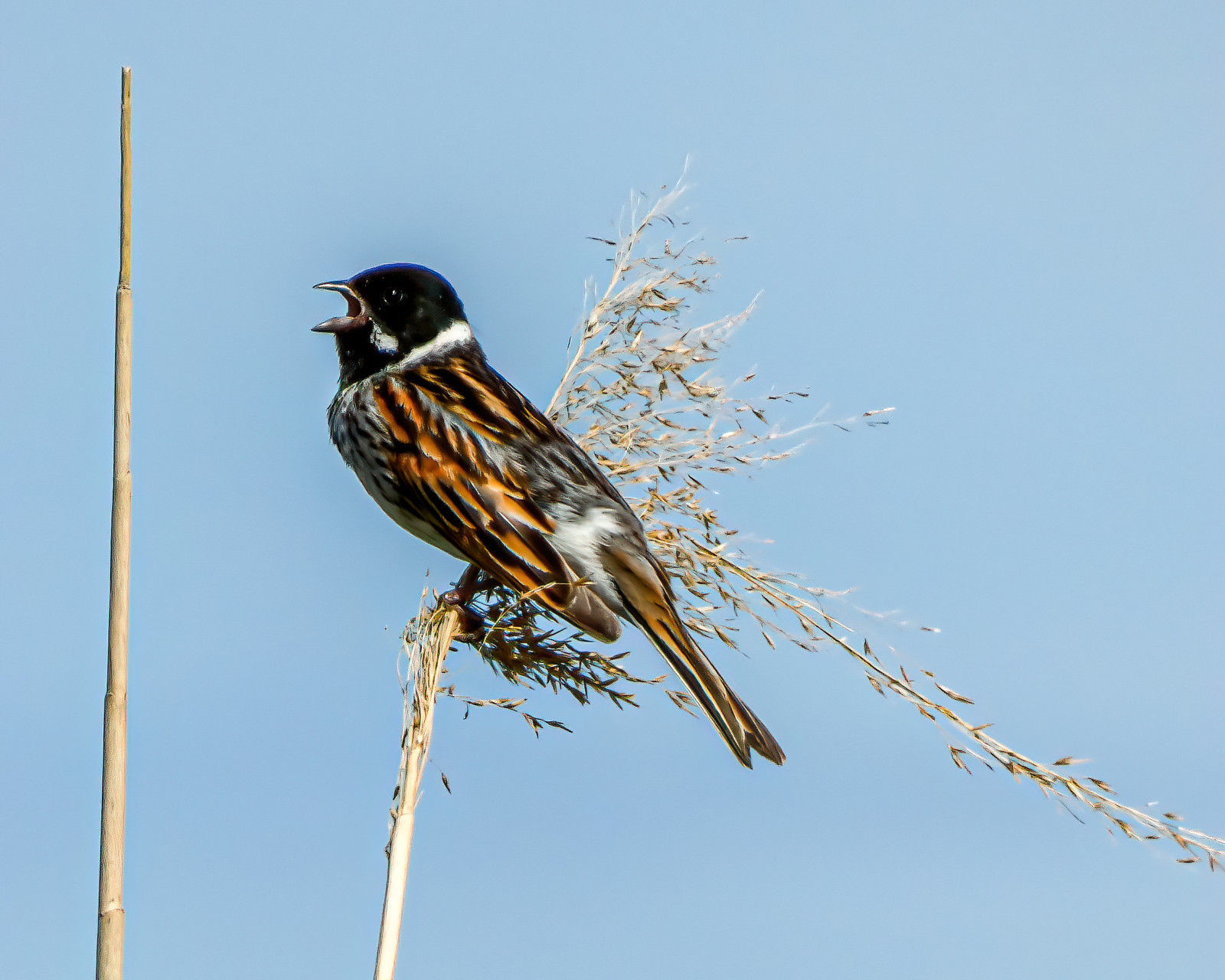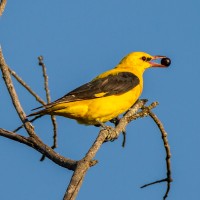Description
The Canal de Castilla is an impressive work of hydraulic engineering built in the 18th century with the main purpose of transporting the cereal produced on the plateau. Here is the first lock built, an ingenious method of overcoming the unevenness of the terrain allowing navigation. Once its navigation was abandoned, it began to naturalize, generating around it riverside vegetation and some ponds and lagoons due to the filtration of its waters. The environment of Calahorra de Ribas has good examples of both ecosystems, probably thanks to the confluence with the Río Carrión at this point. This section of the canal has one of the best riverside groves of its entire length, with species so rare in the heart of Tierra de Campos such as the aspen (Populus tremula). Here we can find a wide variety of birds linked to this environment such as žlna zelená, mlynárka dlhochvostá, slávik obyčajný, vlha obyčajná, kukučka obyčajná, králik ohnivohlavý, or haja tmavá among many others.
In addition, in its environment 2 ponds with different characteristics have been generated. The Tencario pond has little more than 1 ha and a good part of its surface covered by marsh vegetation. La Toja de Ribas, about 11 ha, has a large area of open water, as well as a dense belt of reed. We can highlight in them the presence of volavka purpurová, trsteniarik bahenný, volavka popolavá, potápka malá, strnádka trstinová, chriašteľ vodný and kaňa močiarna. The surroundings of this environment are made up of the typical agricultural landscape of Tierra de Campos. Some of the birds that we can observe are kaňa popolavá, prepelica poľná, strakoš červenohlavý, vrabec poľný, etc.
_________________________
Espagnol: Agradable lugar a orillas del Canal de Castilla. El Canal de Castilla es una impresionante obra de ingeniería hidráulica construida en el siglo XVIII con el fin principal de transportar el cereal producido en la meseta. Aquí se encuentra la primera esclusa construida, ingenioso método de salvar el desnivel del terreno permitiendo la navegación. Una vez que se abandonó su navegación comenzó a naturalizarse, generándose a su alrededor vegetación de ribera y algunas charcas y lagunas por filtración de sus aguas. El entorno de Calahorra de Ribas tiene buenos ejemplos de ambos ecosistemas, probablemente gracias a la confluencia con el Río Carrión en este punto. Este tramo del canal cuenta con uno de los mejores sotos de ribera de todo su recorrido, con especies tan poco habituales en plena Tierra de Campos como el álamo temblón (Populus tremula). Aquí podemos encontrar una variada avifauna ligada a este medio como žlna zelená , mlynárka dlhochvostá , slávik obyčajný, vlha obyčajná , kukučka obyčajná, králik ohnivohlavý, o haja tmavá entre otras muchas.
Además, en su entorno se han generado 2 charcas con caractarísticas diferentes. La charca del Tencario tiene poco más de 1 ha y buena parte de su superficie cubierta por vegetación palustre. La Toja de Ribas, de unas 11 ha, cuenta una gran superficie de aguas abiertas, además de un denso cinturón de carrizo. Podemos destacar en ellas la presencia de volavka purpurová, trsteniarik bahenný, volavka popolavá, potápka malá, strnádka trstinová, chriašteľ vodný o kaňa močiarna. Los alrededores de este entorno están constituidos por el típico paisaje agrícola de Tierra de Campos. Algunas de las aves que podemos observar son kaňa popolavá,prepelica poľná , strakoš červenohlavý , vrabec poľný, etc.
Details
Access
The place is located about 2 km from Ribas de Campos towards San Cebrián de Campos. There is parking next to the lock, although if you want you can go by car to the bottom (where the soto and the Charca del Tencario are located), there are places where you can leave your car. La Toja is located 1 km from Calahorra. You can leave your car in the car park and go on foot or by car, although there are not many places to leave your car here. The best thing to do is take a walk or bike ride.
_________________________
Espagnol: El lugar se encuentra a unos 2 Km de Ribas de Campos dirección San Cebrián de Campos. Hay aparcamiento junto a la esclusa, aunque si se quiere se puede ir en coche hasta abajo (donde se encuentra el soto y la Charca del Tencario), hay lugares donde dejar el coche sin que moleste. La Toja se encuentra a 1 Km de Calahorra. Se puede dejar el coche en el aparcamiento y recorrerlo a pie o ir en coche, aunque aquí no hay muchos lugares donde dejar el coche. Lo más recomendable es dar un paseo a pie o en bici.




